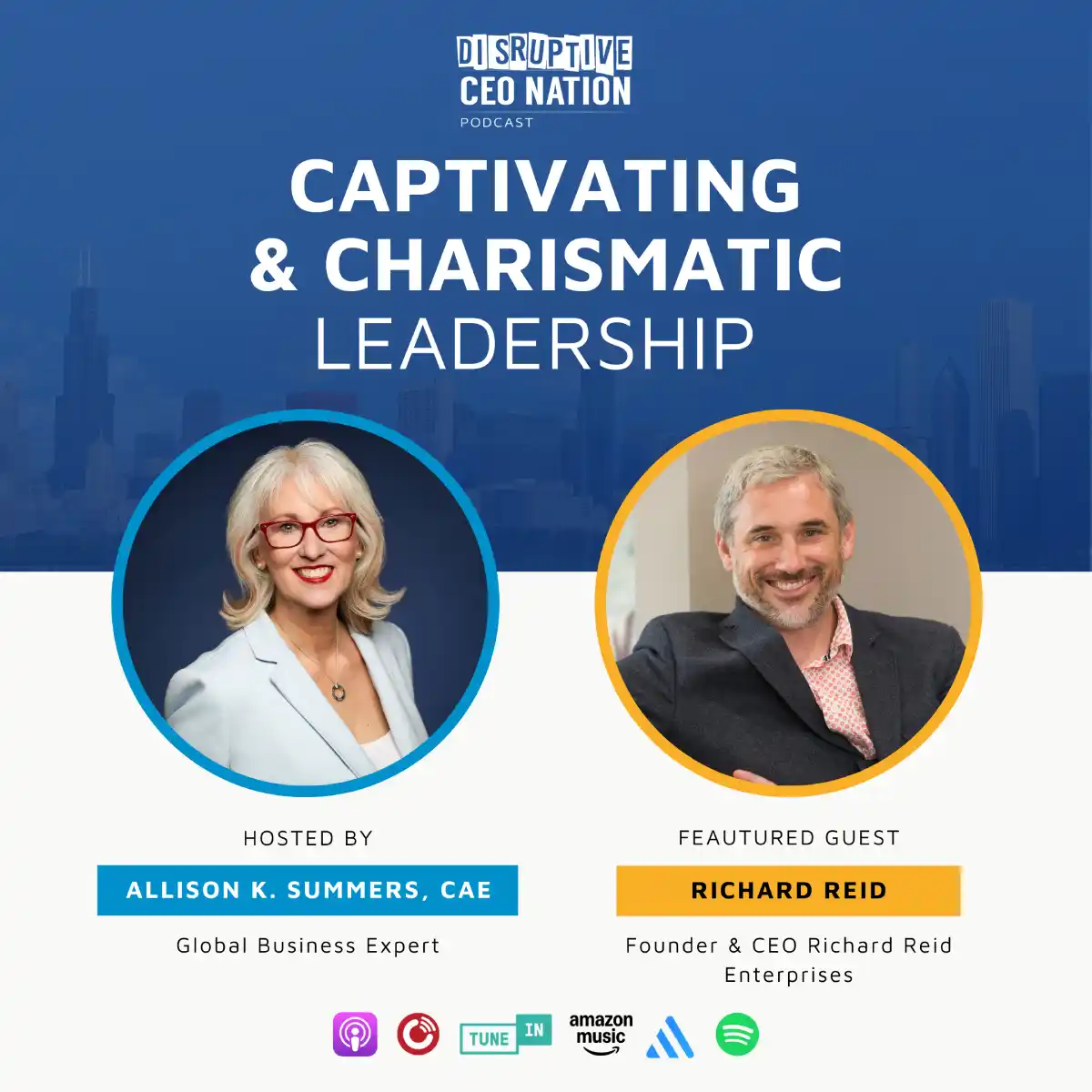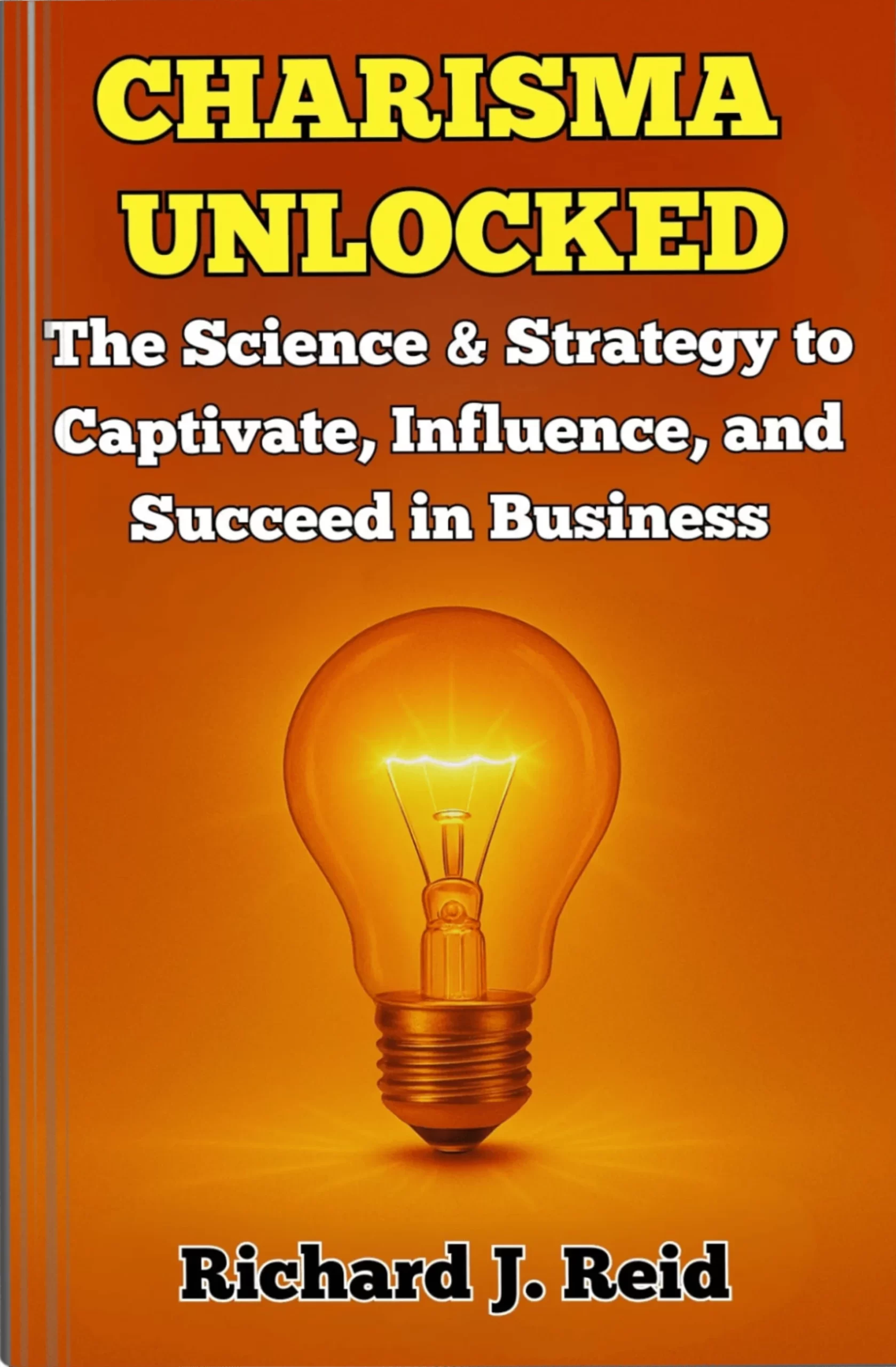Introduction
In the grand theatre of American politics, charisma is the siren song that lures voters and can shipwreck democracies. As we stand on the precipice of another pivotal election, the magnetic pull—and potential toxicity—of charismatic leadership embodied by figures like Joe Biden, Donald Trump, and Kamala Harris demands immediate and urgent scrutiny. This essay peels back the glossy veneer of political charm to reveal a troubling underbelly: how the qualities that inspire millions can erode the foundations of democratic governance.
The Charisma Conundrum: A Theoretical Framework
Charismatic leadership, conceptualised by Weber (1947) and refined by modern scholars like Conger and Kanungo (1987), is a potent political force. However, the “dark side” of charisma, explored by Howell and Avolio (1992), reveals a sinister potential for manipulation and ethical subversion. In the context of American politics, this duality has never been more apparent—or more dangerous.
Biden: The Empathy Illusionist
Joe Biden’s charismatic appeal is rooted in his carefully crafted image as America’s empathizer-in-chief. However, this seemingly benign quality harbours insidious potential:
1. The Vulnerability Exploit
While ostensibly genuine, Biden’s openness about personal tragedies functions as a sophisticated political tool. By consistently invoking his past sorrows, Biden creates what Nussbaum (2018) calls a “monarchy of fear,” where emotional resonance trumps policy substance. This “trauma bonding” with the electorate raises ethical questions about the manipulation of collective grief for political gain.
2. The Nostalgia Narcotic
Biden’s frequent appeals to a romanticised American past do more than just comfort—they potentially anesthetise. Drawing on Hochschild’s (2016) concept of the ‘deep story,’ which refers to the narrative that shapes people’s emotions and beliefs, Biden’s restoration narrative may impede progress by lulling voters into a false sense of achievable normalcy in an era demanding radical change.
3. The Competence Mirage
Biden’s long political career creates an illusion of competence that may not align with current realities. This phenomenon, which we might call “experience-washing,” echoes Gladwell’s (2008) observations about the overvaluation of experience in complex decision-making environments. The danger lies in conflating political longevity with actual effectiveness, potentially leaving the nation ill-equipped to face unprecedented challenges.
Trump: The Charismatic Autocrat
Donald Trump’s brand of charisma represents what political scientist Jeffrey C. Isaac (2017) terms “the demagogic style in American politics.” However, Trump’s approach goes beyond mere demagoguery, presenting a clear and present danger to democratic norms:
1. The Reality Distortion Field
Trump’s ability to create an alternative narrative that resonates with his base, regardless of factual accuracy, is more than just effective communication—it’s a form of mass gaslighting. This phenomenon aligns disturbingly with Arendt’s (1951) warnings about the origins of totalitarianism, where shared reality disintegrates in favour of leader-defined “truth.”
2. The Strongman Seduction
Trump’s portrayal of strength and decisiveness taps into what Lipman-Blumen (2005) identifies as the allure of toxic leadership. This appeal to authoritarianism in the guise of effective leadership represents a potential pathway to democratic backsliding, as outlined by Levitsky and Ziblatt (2018).
3. The Tribal Charisma
Trump’s polarising effect, adored by supporters and reviled by opponents, goes beyond typical political divisions. Social psychologist Jonathan Haidt (2012) describes it as “moral tribalism,” where political affiliation becomes a core part of personal identity. This tribalisation of charisma poses existential risks to the very concept of a united democracy.
Harris: The Chameleon Charmer
Kamala Harris presents a uniquely modern case study of the evolution of charismatic leadership:
1. The Representation Ruse
Harris’s groundbreaking role as the first woman and person of colour to be Vice President is inherently charismatic. However, this historic status creates what could be termed a “diversity shield,” potentially deflecting substantive criticism as bias and complicating necessary scrutiny of her policies and actions.
2. The Authenticity Artifice
Harris’s carefully curated public image distinguishes between relatability and rehearsed performance. This balancing act exemplifies what political scientist Richard Sennett (1977) called “the fall of public man,” where authenticity becomes a crafted commodity rather than a genuine quality.
3. The Progressive Paradox
Harris’s evolution from tough-on-crime prosecutor to progressive icon highlights the malleability of political charisma. This shape-shifting quality not only raises profound questions about the nature of political identity but also underscores the urgent need for critical analysis and scrutiny. The potential for charismatic leaders to rewrite their histories in real time demands our attention and vigilance.
The Media as Charisma Amplifier
The symbiotic relationship between charismatic leadership and media coverage creates a dangerous feedback loop:
1. The Charisma Industrial Complex
Media outlets’ disproportionate coverage of charismatic figures creates what we might call a “charisma industrial complex,” where style consistently trumps substance in political discourse (McAllister, 2007).
2. The Outrage Economy
The media’s amplification of provocative statements by charismatic leaders fuels what Berry and Sobieraj (2014) term the “outrage industry.” This dynamic not only polarises the electorate but also incentivises increasingly extreme rhetoric, creating a race to the bottom in political discourse. The danger of this trend underscores the urgent need for more responsible and balanced media coverage.
3. The Simplification Spiral
The media’s tendency to favour simple narratives from charismatic leaders over complex policy discussions creates a ‘simplification spiral.’ Building on Louw’s (2005) concept of the ‘politics of image,’ which refers to using visual and symbolic representations in politics, this phenomenon risks reducing critical national debates to soundbites and slogans.
Implications for Democracy: The Charismatic Countdown
The dominance of charismatic leadership in American politics poses several existential challenges to democratic health:
1. The Competence-Charisma Inversion
As voters increasingly prioritise charismatic appeal over demonstrated competence, we risk entering an era of “government by personality” rather than expertise or policy (Antonakis et al., 2016).
2. The Institutional Erosion Accelerant
Highly charismatic leaders’ tendency to bypass democratic institutions in favour of direct appeals to their base represents what we might call an “institutional erosion accelerant.” This dynamic threatens to fast-track the dismantling of democratic safeguards.
3. The Polarization Vortex
The tribal nature of charismatic leadership in contemporary politics creates a “polarisation vortex,” where compromise becomes nearly impossible, and governance grinds to a halt (Iyengar et al., 2019).
Conclusion: Breaking the Charisma Spell
As American democracy teeters on the brink of a charisma-induced crisis, the urgent need for a new paradigm of leadership evaluation becomes clear. The challenge is monumental: harnessing the inspirational power of charisma while inoculating our political system against its more virulent strains.
Future research must explore how to cultivate a political culture that values substance over style and how to develop leadership models that balance charismatic appeal with ethical governance and respect for democratic processes. Nye’s (2008) concept of “smart power” offers a potential starting point, but a more radical reimagining of political leadership may be necessary.
As we approach another election cycle, we must ask ourselves: Can we break free from the charisma trap, or are we destined to remain enthralled by the qualities that may spell the end of our democratic experiment? The answer to this question may well determine the fate of the American republic.
References
Antonakis, J., Bastardoz, N., Jacquart, P., & Shamir, B. (2016). Charisma: An ill-defined and ill-measured gift. Annual Review of Organizational Psychology and Organizational Behavior, 3, 293-319.
Arendt, H. (1951). The Origins of Totalitarianism. Schocken Books.
Berry, J. M., & Sobieraj, S. (2014). The Outrage Industry: Political Opinion Media and the New Incivility. Oxford University Press.
Conger, J. A., & Kanungo, R. N. (1987). Toward a behavioural theory of charismatic leadership in organisational settings. Academy of Management Review, 12(4), 637-647.
Gladwell, M. (2008). Outliers: The Story of Success. Little, Brown and Company.
Haidt, J. (2012). The Righteous Mind: Why Good People Are Divided by Politics and Religion. Pantheon Books.
Hochschild, A. R. (2016). Strangers in Their Land: Anger and Mourning on the American Right. The New Press.
Howell, J. M., & Avolio, B. J. (1992). The ethics of charismatic leadership: Submission or liberation? Academy of Management Executive, 6(2), 43-54.
Isaac, J. C. (2017). #AgainstTrump: Notes from Year One. Public Seminar Books.
Iyengar, S., Lelkes, Y., Levendusky, M., Malhotra, N., & Westwood, S. J. (2019). The origins and consequences of affective polarisation in the United States. Annual Review of Political Science, 22, 129-146.
Levitsky, S., & Ziblatt, D. (2018). How Democracies Die. Crown.
Lipman-Blumen, J. (2005). The Allure of Toxic Leaders: Why We Follow Destructive Bosses and Corrupt Politicians—and How We Can Survive Them. Oxford University Press.
Louw, E. (2005). The Media and Political Process. Sage.
McAllister, I. (2007). The personalisation of politics. In R. J. Dalton & H. D. Klingemann (Eds.), The Oxford Handbook of Political Behavior (pp. 571-588). Oxford University Press.
Nussbaum, M. C. (2018). The Monarchy of Fear: A Philosopher Looks at Our Political Crisis. Simon & Schuster.
Nye, J. S. (2008). The Powers to Lead. Oxford University Press.
Post, J. M. (1986). Narcissism and the charismatic leader-follower relationship. Political Psychology, 7(4), 675-688.
Sennett, R. (1977). The Fall of Public Man. Knopf.
Shamir, B., House, R. J., & Arthur, M. B. (1993). The motivational effects of charismatic leadership: A self-concept based theory. Organization Science, 4(4), 577-594.
Tourish, D. (2011). Leadership and the (ab)use of power. Leadership, 7(1), 107-114.
Weber, M. (1947). The Theory of Social and Economic Organization. (A. M. Henderson & T. Parsons, Trans.). Free Press.
Willner, A. R. (1984). The Spellbinders: Charismatic Political Leadership. Yale University Press.
Zajonc, R. B. (1980). Feeling and thinking: Preferences need no inferences. American Psychologist, 35(2), 151-175.










